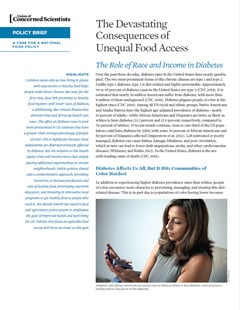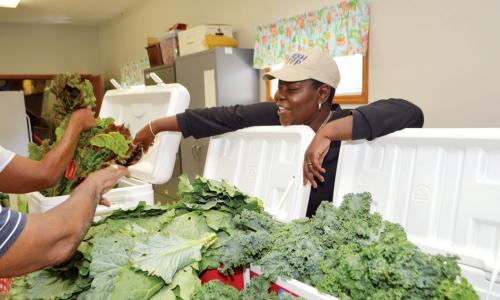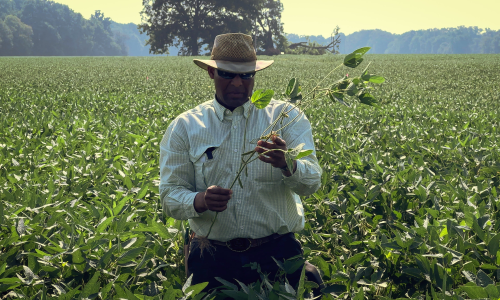Diabetes rates in the United States have nearly quadrupled over the past three decades. About 30 million people currently suffer from diabetes, and nearly 95 percent of these cases are type 2 diabetes, the diet-related form of the disease. If recent trends continue, close to one-third of the population could be diabetic by 2050. Untreated or poorly managed diabetes can lead to devastating and sometimes fatal complications: diabetes is currently the seventh leading cause of death in the United States.
Diets high in sugar, salt, and fat—and low in fiber, vitamins, and minerals, such as fruits, vegetables, and whole grains—increase the risk for type 2 diabetes. But what people eat is largely dependent on their access to various foods. Healthy food access is complex, and includes the physical environment (geographic proximity, transportation to food retailers, and availability); the economic environment (affordability); and the sociocultural environment (cultural taste preferences). Race and income are highly correlated with healthy food access—and with diabetes rates.







